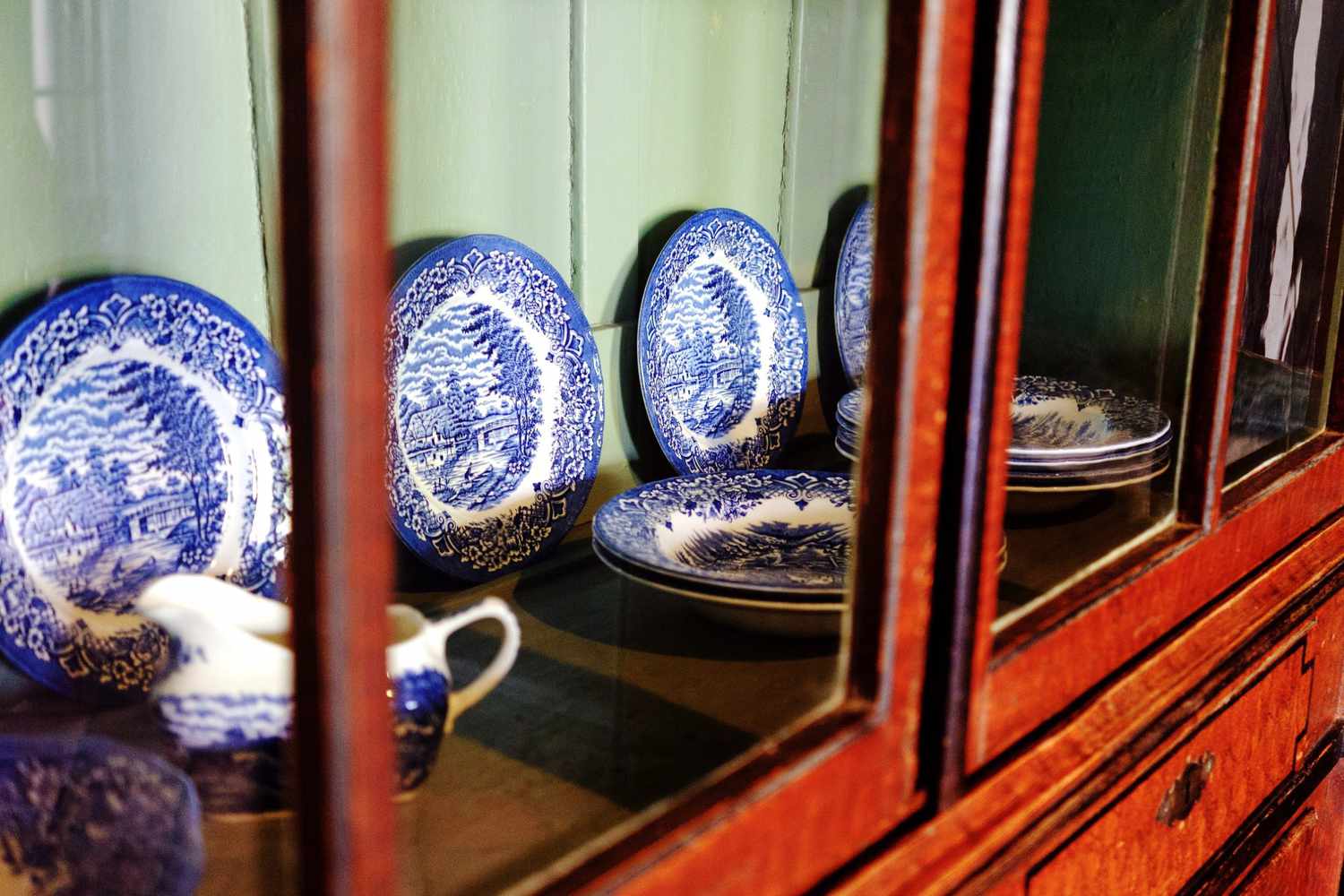

Articles
How To Store China In Cabinet
Modified: January 31, 2024
Learn the best way to store your delicate china and other fragile articles in your cabinet to keep them safe and organized. Find expert tips and tricks to maximize space and prevent damage.
(Many of the links in this article redirect to a specific reviewed product. Your purchase of these products through affiliate links helps to generate commission for Storables.com, at no extra cost. Learn more)
Introduction
Storing china in a cabinet requires careful consideration to ensure the delicate pieces remain safe and protected. Whether you’ve inherited a beautiful set of fine china or have collected unique pieces over the years, taking proper measures to store them will help preserve their beauty for generations to come.
China, often referred to as porcelain, is known for its delicate and fragile nature. It requires special attention when it comes to storage to prevent chips, cracks, or other damage. By following the steps outlined in this article, you can ensure that your china remains in excellent condition and ready to be showcased on special occasions or for everyday use.
In this comprehensive guide, we will take you through the process of how to store china in a cabinet effectively. From clearing the cabinet to organizing and securing the delicate china pieces, we will provide you with useful tips and considerations to follow throughout this process.
Key Takeaways:
- Delicately store your china in a clean, lined cabinet, organizing by size and visibility to prevent damage and showcase its beauty for generations to come.
- Ensure the safety of your delicate china pieces by using protective padding, dividers, and regular cleaning and inspection to maintain their longevity and beauty.
Read more: How To Store China Without A China Cabinet
Step 1: Clear the Cabinet
The first step in storing china in a cabinet is to clear out the space and prepare it for your precious pieces. Remove any existing items from the cabinet and clean the shelves thoroughly. This will help ensure a clean and dust-free environment for your china.
Take this opportunity to assess the condition of the cabinet as well. Look for any signs of damage or instability that could potentially harm your delicate china. If you notice any issues, it may be wise to address them before proceeding further.
Once the cabinet is cleared and clean, consider lining the shelves with a soft material such as felt or shelf liner. This will provide a cushioning effect and help protect the china from vibrations and scratches. Cut the material to fit each shelf and secure it in place with double-sided tape.
By clearing the cabinet and preparing the shelves, you are creating a suitable environment for storing your china collection. This organization will also make it easier to access and display your pieces when needed.
Step 2: Arrange the China Pieces
Now that your cabinet is ready, it’s time to start arranging your china pieces. Before you begin, take some time to plan out how you want to organize them. Consider grouping similar items together, such as placing dinner plates in one area, salad plates in another, and so on. This will make it easier to locate specific pieces when you need them.
When arranging the china, keep in mind the size and weight of the pieces. Start by placing larger and heavier items at the bottom of the cabinet and work your way up with smaller and lighter pieces. This will help distribute the weight evenly and prevent any potential damage.
If you have a complete set of china, consider arranging it in a logical order. For example, you can start with the dinner plates, followed by the salad plates, soup bowls, and then the dessert dishes. This will create a visually pleasing and organized display.
Another important consideration is the visibility of the china. If you have pieces with intricate patterns or designs, consider placing them in a prominent position where they can be admired. On the other hand, if you have more plain or everyday pieces, you can store them towards the back of the cabinet.
By thoughtfully arranging your china, you can create an aesthetically pleasing display and make it easier to locate specific items when you need them. This will also help prevent any unnecessary handling of the delicate pieces, reducing the risk of damage.
Step 3: Use Protective Padding
To provide an extra layer of protection for your china, it’s essential to use protective padding. This will help prevent scratches, chips, and other forms of damage during storage and handling.
One option for protective padding is to use felt or microfiber cloth. Cut these materials into squares or rectangles that can be placed in between the china pieces. The soft and cushioning properties of these fabrics will help minimize the risk of damage caused by friction or accidental impacts.
Wrap individual pieces, such as teacups or delicate figurines, in acid-free tissue paper or soft cotton cloth before placing them in the cabinet. This will provide an extra layer of protection and prevent direct contact between the china items. Additionally, consider using bubble wrap or foam padding for extra fragile items.
If you have a complete set of china, consider using dividers or separators to keep the pieces from hitting against each other. There are various types of dividers available, including adjustable dividers or custom-made cardboard dividers. These dividers will create separate compartments for each item and minimize the risk of collisions or movement.
Remember to avoid using materials that could potentially damage the china, such as newspaper or paper towels. These materials can leave ink or residue on the surface and cause staining or discoloration over time.
By using protective padding, you can give your china additional protection against scratches, chips, and other forms of damage. This will help maintain the beauty and integrity of your collection, ensuring they remain in excellent condition for years to come.
Step 4: Stack the China Plates
When it comes to storing china plates, stacking them properly is crucial to prevent breakage and damage. Follow these steps to stack your china plates safely:
- Start by selecting a stable and sturdy surface within the cabinet. This can be a shelf or a plate rack specifically designed for china storage.
- Place a layer of protective padding, such as felt or microfiber cloth, on the surface to cushion the plates.
- Ensure that the plates are clean and dry before stacking them. Any residue or moisture can lead to damage or mold growth.
- Begin by stacking the larger plates at the bottom. Place each plate flat on the padding, using caution to avoid overlapping or overcrowding.
- If you have different sizes of plates, consider using plate separators between each layer. These separators are specially designed to fit between plates and provide additional stability and protection.
- Continue stacking the plates, alternating between smaller and larger sizes, if applicable. Remember to place a layer of padding between each plate to prevent direct contact.
- Avoid stacking too many plates in one stack, as it can make the stack unstable and increase the risk of breakage. If necessary, create multiple stacks to distribute the weight evenly.
- If you have plates with delicate or intricate designs, consider placing a layer of acid-free tissue paper or soft cloth in between to prevent scratches.
- Once the plates are stacked, inspect the stack to ensure it is stable and secure. Gently tap each plate to check for any movement or instability.
- Label the stacks, if desired, to easily identify specific sets or types of plates.
By following these steps and taking the time to properly stack your china plates, you can minimize the risk of breakage and keep them safely stored in your cabinet.
Read more: What Is A China Cabinet
Step 5: Organize the Cups and Saucers
When it comes to storing cups and saucers, careful organization is essential to prevent them from becoming damaged or chipped. Here are some steps to help you organize your cups and saucers effectively:
- Before storing, make sure to clean the cups and saucers thoroughly. Remove any stains, residue, or food particles. Dry them completely to prevent moisture buildup.
- Consider using dividers or separators specifically designed for cups and saucers. These dividers create individual compartments, preventing them from knocking into each other and causing damage.
- If dividers are not available, you can use soft cloth or acid-free tissue paper to separate each cup and saucer. Place a layer of padding on the shelf or inside the box and gently nestle the cups and saucers in their respective spots.
- Arrange the cups and saucers in a single layer whenever possible. Stacking them on top of each other increases the risk of breakage and can put excessive weight on the lower pieces.
- If you must stack the cups and saucers due to limited space, place a piece of padding in between each layer. This will provide cushioning and prevent direct contact.
- Consider organizing the cups and saucers based on the set or pattern. Group matching cups and saucers together to make it easier to locate and display specific sets when needed.
- Be mindful of the handle placement when stacking cups. Stacking them upside-down can put unnecessary pressure on the handles, increasing the risk of damage.
- Label the shelves or drawers where the cups and saucers are stored. This will help you quickly locate specific sets or types of cups and saucers.
By following these steps, you can ensure that your cups and saucers are stored safely and organized in your china cabinet. This will not only protect them from damage but also make it more convenient for you to access and enjoy your favorite tea or coffee sets.
Step 6: Store the Bowls
When it comes to storing bowls in your china cabinet, it’s important to take extra care as they are susceptible to chips and scratches. Here’s how you can store your bowls safely:
- Start by selecting an area in the cabinet where the bowls can be stored without overcrowding. This will ensure that they have enough space and reduce the risk of accidental damage.
- Prioritize larger and heavier bowls at the bottom of the stack. Place a layer of protective padding, such as felt or microfiber cloth, on the shelf to cushion the bowls and prevent direct contact with the surface.
- Before stacking, make sure the bowls are clean and completely dry. Any moisture or residue left on the bowls can lead to staining or mold growth over time.
- If you have different sizes of bowls, consider stacking them in separate smaller stacks based on their size. This helps maintain stability and prevents larger bowls from putting excessive pressure on smaller ones.
- Place a layer of padding in between each bowl to prevent them from rubbing against each other. You can use soft cloth, acid-free tissue paper, or even silicone dish pads for added protection.
- If the bowls have delicate or intricate designs, consider placing a layer of acid-free tissue paper or soft cloth in between to prevent scratches.
- Label the stacks, if desired, to easily locate specific sets or types of bowls. This can be especially helpful if you have a large collection with various patterns or styles.
- Ensure that the stacks of bowls are stable and secure. Gently tap each stack to check for any movement or instability, and adjust as needed.
By following these steps, you can effectively store your bowls in your china cabinet, protecting them from potential damage and ensuring they remain in excellent condition. With proper care and organization, your bowl collection can be a beautiful and functional part of your china display.
To store china in a cabinet, use felt or cloth liners to protect the pieces from scratching. Stack plates vertically to prevent chipping and use dividers for cups and saucers. Avoid overcrowding to prevent damage.
Step 7: Secure the Delicate China Pieces
When storing delicate china pieces in your cabinet, it’s crucial to take extra precautions to ensure their safety. Delicate pieces, such as teapots, figurines, or ornate serving dishes, require special care to protect them from accidental damage. Follow these steps to secure your delicate china pieces:
- Wrap each delicate piece individually with acid-free tissue paper or soft cloth. This protective layer will help prevent scratches and provide cushioning during storage.
- For extra protection, consider placing the wrapped items in bubble wrap or foam padding. This will provide an additional layer of shock absorption, minimizing the risk of breakage.
- Place the wrapped delicate china pieces in separate compartments or sections within the cabinet. Avoid overcrowding to prevent accidental bumps or collisions.
- If the delicate pieces have fragile handles or spouts, consider securing them with bubble wrap or soft padding to prevent any stress or strain on these vulnerable parts.
- If you have delicate china items with intricate details or fragile decorations, position them in a way that minimizes the chances of them getting caught or snagged on other items.
- Consider using adjustable dividers or custom-made inserts to create individual spaces for each delicate piece. This will help keep them secure and prevent them from moving or shifting during storage.
- Label the sections or compartments where the delicate pieces are stored. This will make it easier to locate them and handle them with care when you want to use or display them.
- Regularly inspect the delicate china pieces for any signs of damage or deterioration. If you notice any cracks, chips, or loose parts, take immediate measures to address the issue to prevent further damage.
By following these steps, you can ensure that your delicate china pieces are stored securely and protected from accidental damage. This extra level of care will preserve the integrity and beauty of these special pieces, allowing you to appreciate them for years to come.
Step 8: Add Dividers for Extra Protection
To provide additional protection and organization for your china pieces, consider incorporating dividers into your cabinet. Dividers help create individual compartments for each item, minimizing the risk of collisions, scratches, and damage. Here’s how you can add dividers to your cabinet:
- Assess the size of your cabinet and the dimensions of your china pieces. This will help determine the type and size of dividers needed.
- There are various types of dividers available, such as adjustable dividers, custom-made dividers, or foam inserts designed specifically for china storage. Choose the option that best suits your needs and preferences.
- Start by measuring the width and height of your cabinet shelves. This will help determine the dimensions for the dividers or dividers inserts.
- Install the dividers according to the manufacturer’s instructions or your custom design. Make sure they fit securely and provide enough stability to prevent shifting or movement of the china pieces.
- Consider using dividers or separators specifically designed for different types of china items, such as plates, bowls, cups, saucers, or serving dishes. This will provide optimal organization and protection.
- If you prefer a more flexible solution, you can use silicone or non-slip shelf liners. Cut them into strips or squares to create separation between the china pieces.
- Ensure that each china piece fits comfortably within its designated compartment. Avoid overcrowding to prevent unnecessary pressure or friction.
- Label each section or compartment if desired, to easily locate specific pieces or sets.
- Regularly inspect the dividers for any signs of wear or deterioration. Replace or repair them as needed to maintain their effectiveness.
By adding dividers to your china cabinet, you can create a customized and secure storage solution for your valuable pieces. The dividers will not only provide extra protection but also help keep your china collection organized and easily accessible.
Read more: How To Paint China Cabinet
Step 9: Label the Cabinet Shelves
Labeling the shelves in your china cabinet is a practical and effective way to keep your collection organized and easily accessible. By doing so, you can quickly locate specific sets or types of china and maintain a well-structured storage system. Follow these steps to label your cabinet shelves:
- Take a moment to plan how you want to organize your china collection. Consider grouping similar items together, such as plates, bowls, cups, and serving dishes.
- Decide on a labeling method that suits your preference. You can use adhesive labels, label holders, or even handwritten labels. Choose a method that is easy to read and adhere to the shelf securely.
- Label the edges or front of each shelf with the corresponding category or type of china. For instance, you can label one shelf as “Dinner Plates,” another as “Teacups and Saucers,” and so on.
- Use clear and legible handwriting or printed labels to ensure easy readability. Consider using color-coding or symbols to enhance organization and recognition, especially if you have a large or diverse collection.
- Place the labels in a consistent and logical order, such as arranging them from top to bottom or left to right. This will help you navigate through the cabinet effortlessly.
- Regularly review and update the labels as needed. Over time, you may add new pieces or reorganize your collection, so it’s important to keep the labels accurate and up-to-date.
- Consider taking a photo or keeping a record of the labeled shelves for reference. This can be helpful if you need to rearrange or reorganize your collection in the future.
- Share the labeling system with other household members or guests who may need to access the china cabinet. This will facilitate efficient use of the cabinet and prevent any confusion.
By labeling the shelves in your china cabinet, you can create a systematic and easily navigable storage system. This will save you time and effort when locating specific pieces and contribute to the overall organization and maintenance of your cherished china collection.
Step 10: Maintain Regular Cleaning and Inspection
Even after you have carefully stored your china in a cabinet, it’s important to continue maintaining its cleanliness and regularly inspecting for any signs of damage. By incorporating regular cleaning and inspection into your routine, you can ensure the longevity and beauty of your china collection. Follow these steps to keep your china in optimal condition:
- Dust your cabinet and china collection regularly. Use a soft, lint-free cloth or a feather duster to gently remove any dust or debris from the surfaces of your china pieces.
- As you clean, pay attention to any areas that may require additional care, such as intricate designs, crevices, or delicate handles. Use a soft-bristled brush or a cotton swab to gently clean these areas if necessary.
- Periodically check for signs of damage, such as chips, cracks, or discoloration. Take note of any issues you discover and address them promptly to prevent further deterioration or breakage.
- Inspect the shelves and dividers in your cabinet for any signs of wear or damage. Make sure they are still providing adequate protection and stability for your china pieces. Replace or repair them as needed.
- Consider using a mild, non-abrasive dish soap or specialized china cleaner for deeper cleaning when necessary. Follow the instructions provided with the cleaner and always test it on a small, inconspicuous area of your china before applying it to the entire piece.
- Avoid using harsh chemicals, abrasive scouring pads, or the dishwasher to clean your china. These can cause damage or fading to the delicate surfaces and patterns.
- If you have delicate or valuable china, you may want to consult with a professional conservator for advice on cleaning and maintenance specific to your collection.
- Maintain a stable and controlled environment in your china cabinet. Avoid exposure to extreme temperatures, high humidity, or direct sunlight, as these can cause fading, warping, or discoloration.
- Finally, handle your china pieces with care whenever you take them out or put them back in the cabinet. Avoid banging or dropping them, and always support the weight of larger or heavier items with both hands.
By incorporating regular cleaning and inspection into your routine, you can preserve the beauty and condition of your china collection. This ongoing care will ensure that your pieces remain a treasured part of your home and can be enjoyed for years to come.
Conclusion
Storing china in a cabinet requires careful consideration and attention to detail. By following the steps outlined in this guide, you can ensure that your delicate china pieces remain safe, organized, and well-preserved. From clearing the cabinet to arranging and securing the china, each step plays a crucial role in maintaining the longevity and beauty of your collection.
Clearing out the cabinet and preparing the shelves create a clean and suitable environment for your china. Using protective padding, such as felt or cloth, provides an extra layer of cushioning and prevents scratches. Properly stacking plates, organizing cups and saucers, and storing bowls with care minimize the risk of breakage and keep them easily accessible when needed. Securing delicate china pieces with wrapping and dividers adds an extra layer of protection.
Labeling the shelves and maintaining regular cleaning and inspection are essential to keeping your china collection in optimal condition. Regular cleaning removes dust and debris, while inspection helps identify any signs of damage or wear. With consistent care and attention to these aspects, your collection will remain a cherished part of your home décor and special occasions for years to come.
Remember to handle your china pieces with care and avoid exposing them to harsh conditions such as extreme temperatures or direct sunlight. By adhering to the guidelines provided in this guide, you can ensure that your china remains a source of pride and beauty, preserving its value and legacy.
So go ahead, take the necessary steps to store your china in a cabinet with confidence and care. Your careful efforts will ensure that your treasured pieces are protected, organized, and ready to be displayed for any occasion.
Additional Tips and Considerations
As you store your china in a cabinet, here are some additional tips and considerations to keep in mind:
- Consider using a cabinet with glass doors to showcase your china collection while still providing protection from dust and potential damage.
- If space allows, consider using adjustable shelves in your cabinet to accommodate different sizes of china pieces and allow for flexibility in organizing your collection.
- Keep a record or inventory of your china collection, including details such as patterns, manufacturers, and any special considerations for care or maintenance.
- When moving or transporting your china, take extra precautions by wrapping each piece individually and using sturdy boxes or containers with proper padding.
- Rotate your china pieces periodically to prevent prolonged exposure to light and minimize the risk of fading or discoloration.
- If you have limited cabinet space, consider using display stands or wall-mounted plate racks to showcase your favorite china pieces outside of the cabinet.
- Take advantage of silica gel packets or humidity control products to help maintain the appropriate moisture levels inside the cabinet and prevent the formation of mold or mildew.
- If space constraints require stacking plates or bowls, place a protective layer of padding, such as felt or microfiber cloth, between each piece to prevent scratches.
- Consider investing in insurance for your valuable or sentimental china pieces to provide additional peace of mind in case of unexpected accidents or damage.
- Periodically review and reassess your storage methods and cabinet organization to ensure they continue to meet the needs and requirements of your china collection.
By keeping these additional tips and considerations in mind, you can further enhance the preservation, organization, and enjoyment of your cherished china collection. Proper storage and care will contribute to the longevity and beauty of these precious pieces, allowing you to appreciate and share their elegance for years to come.
Frequently Asked Questions about How To Store China In Cabinet
Was this page helpful?
At Storables.com, we guarantee accurate and reliable information. Our content, validated by Expert Board Contributors, is crafted following stringent Editorial Policies. We're committed to providing you with well-researched, expert-backed insights for all your informational needs.
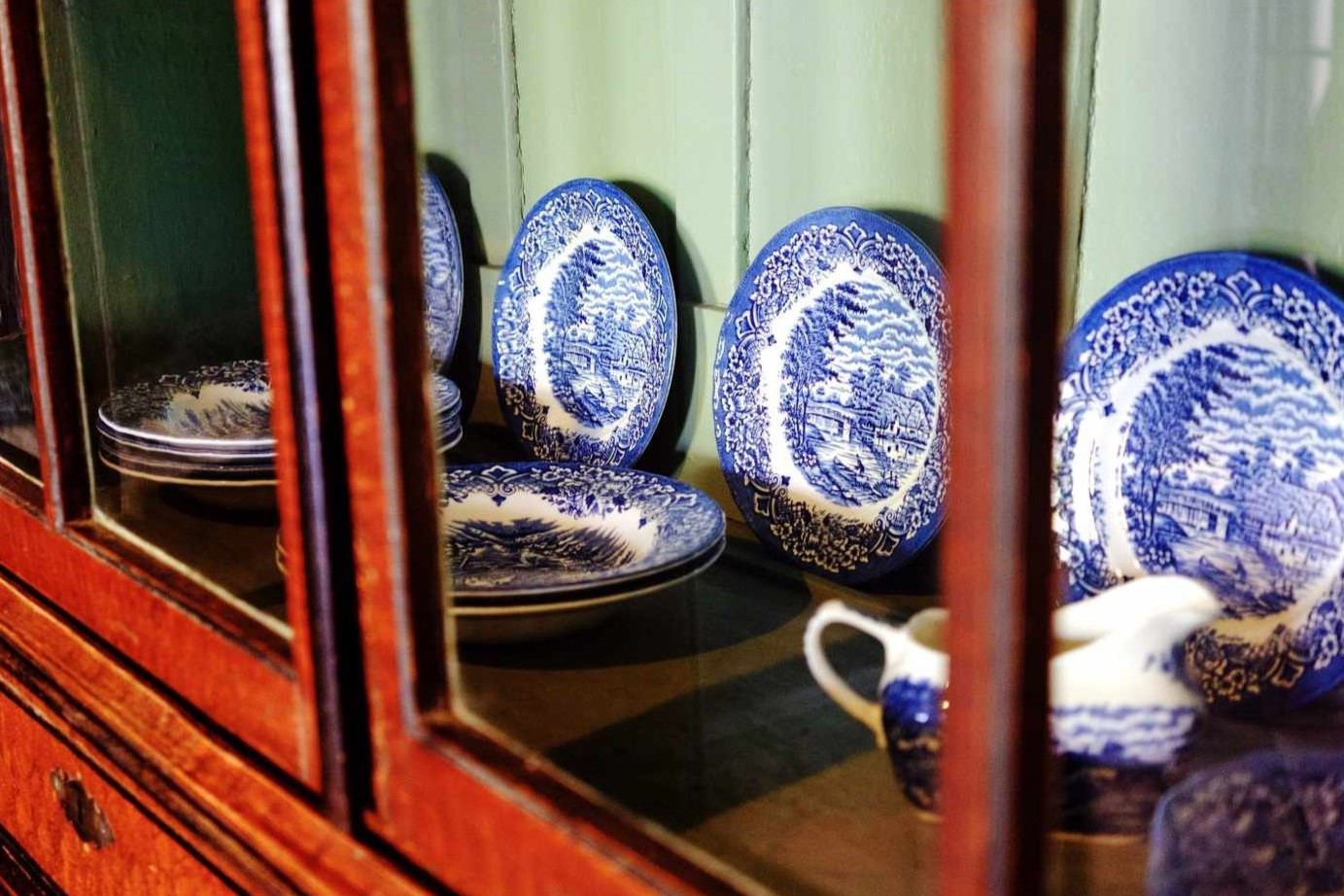
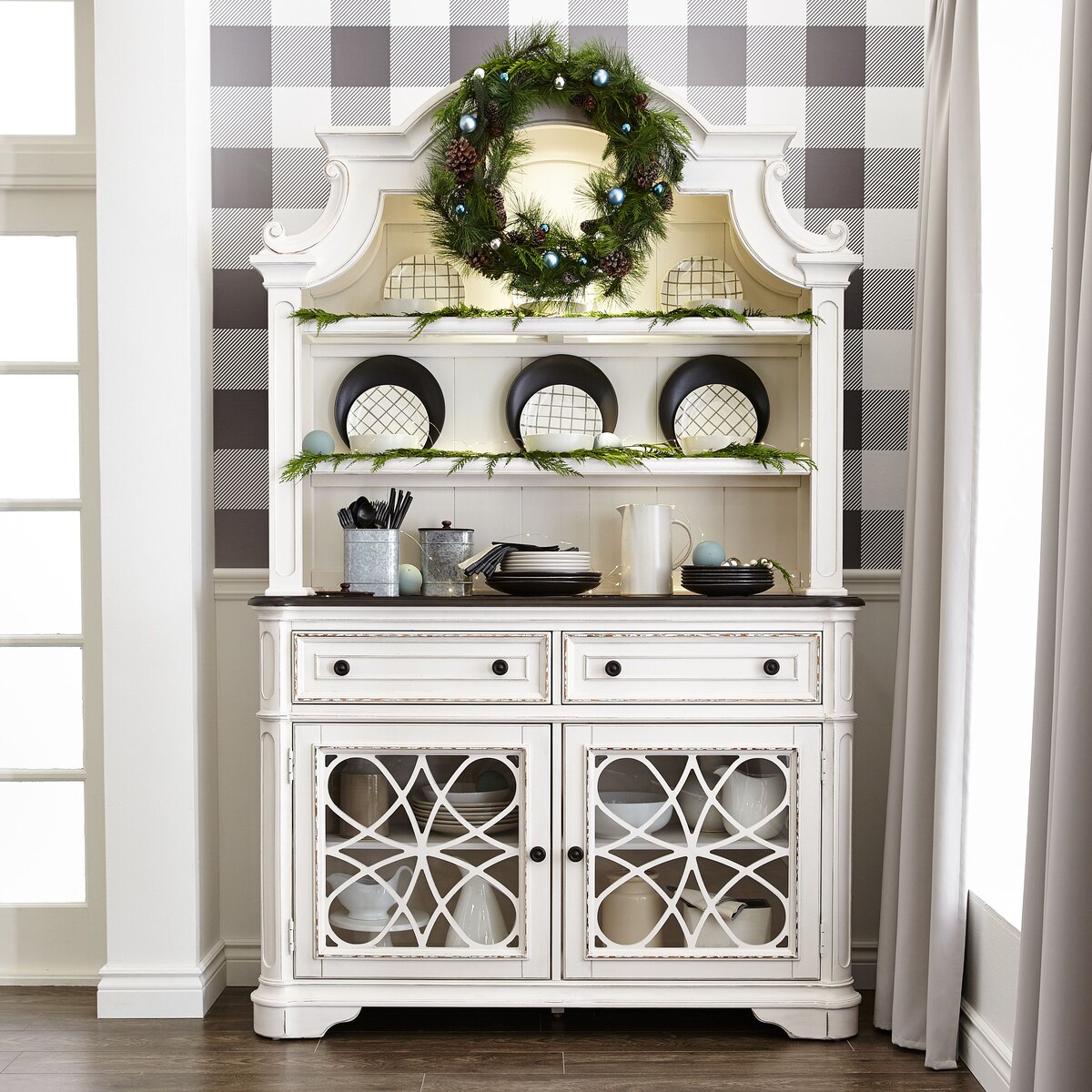
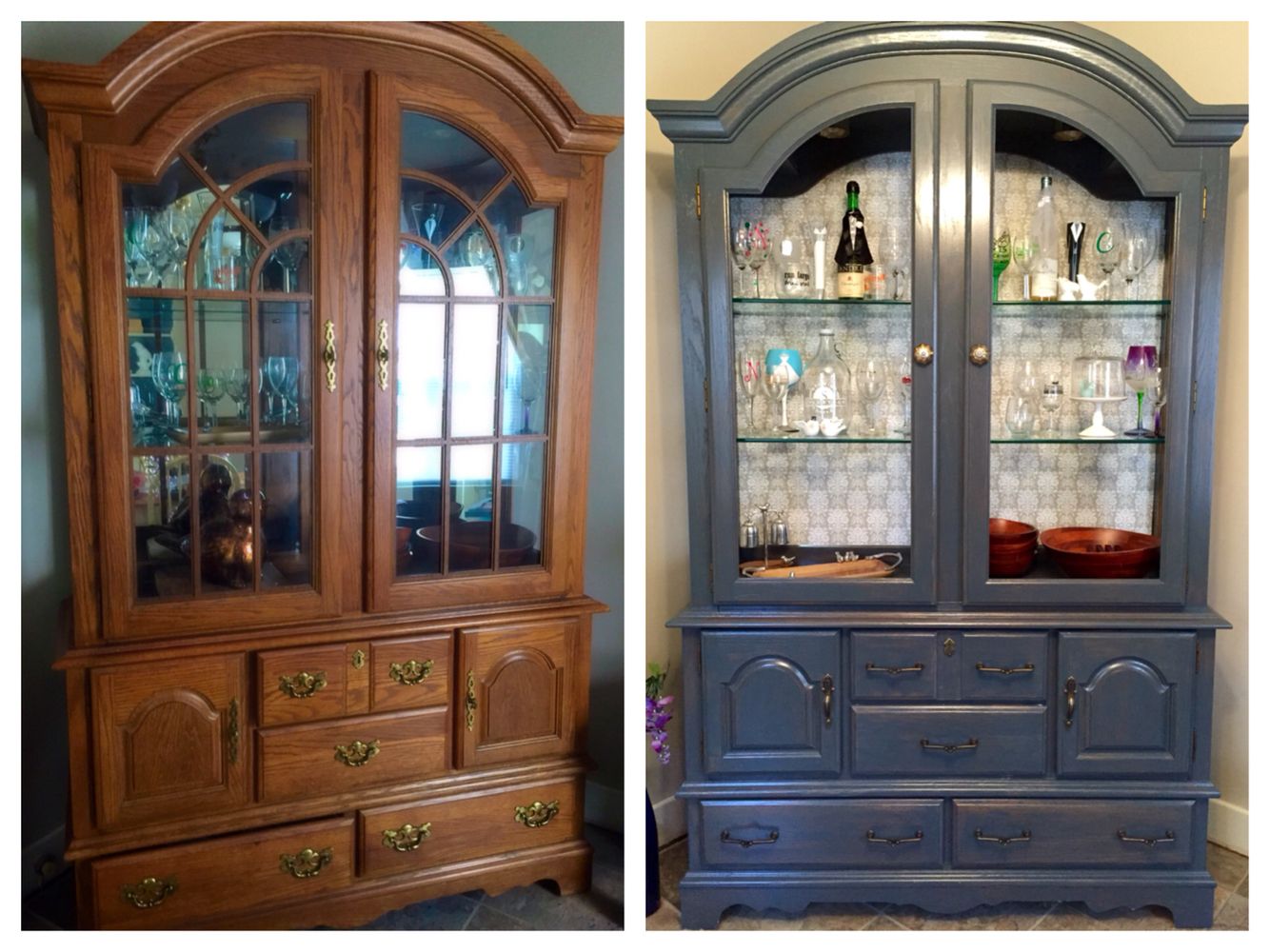
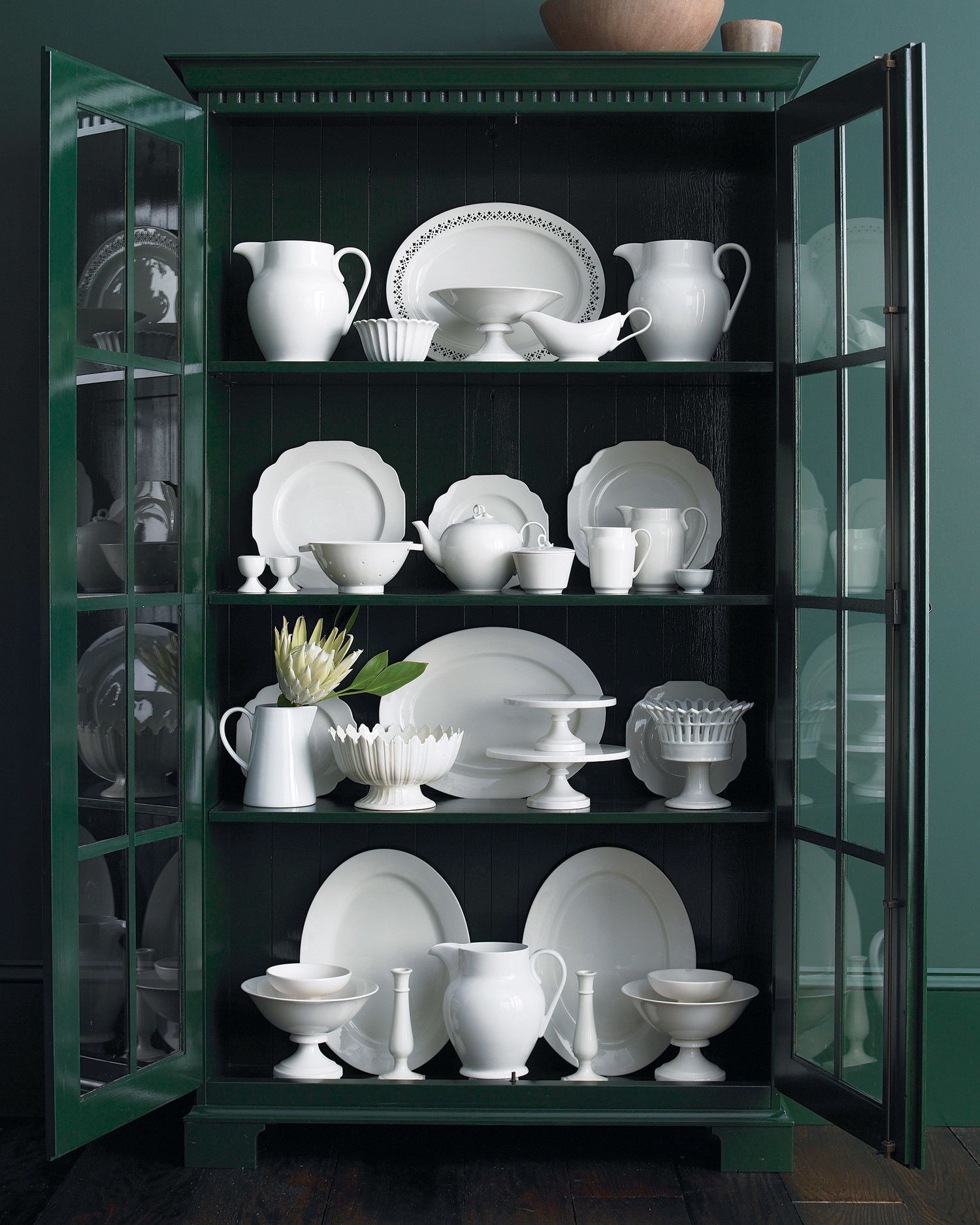
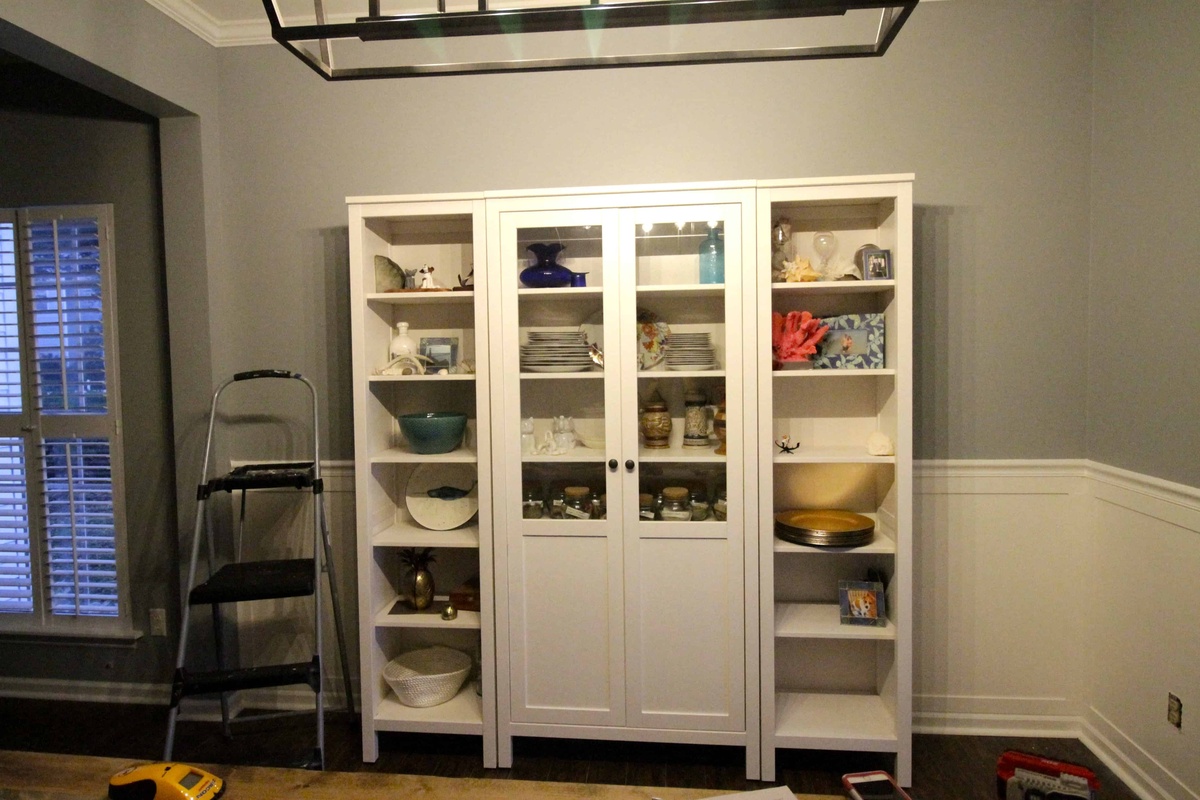
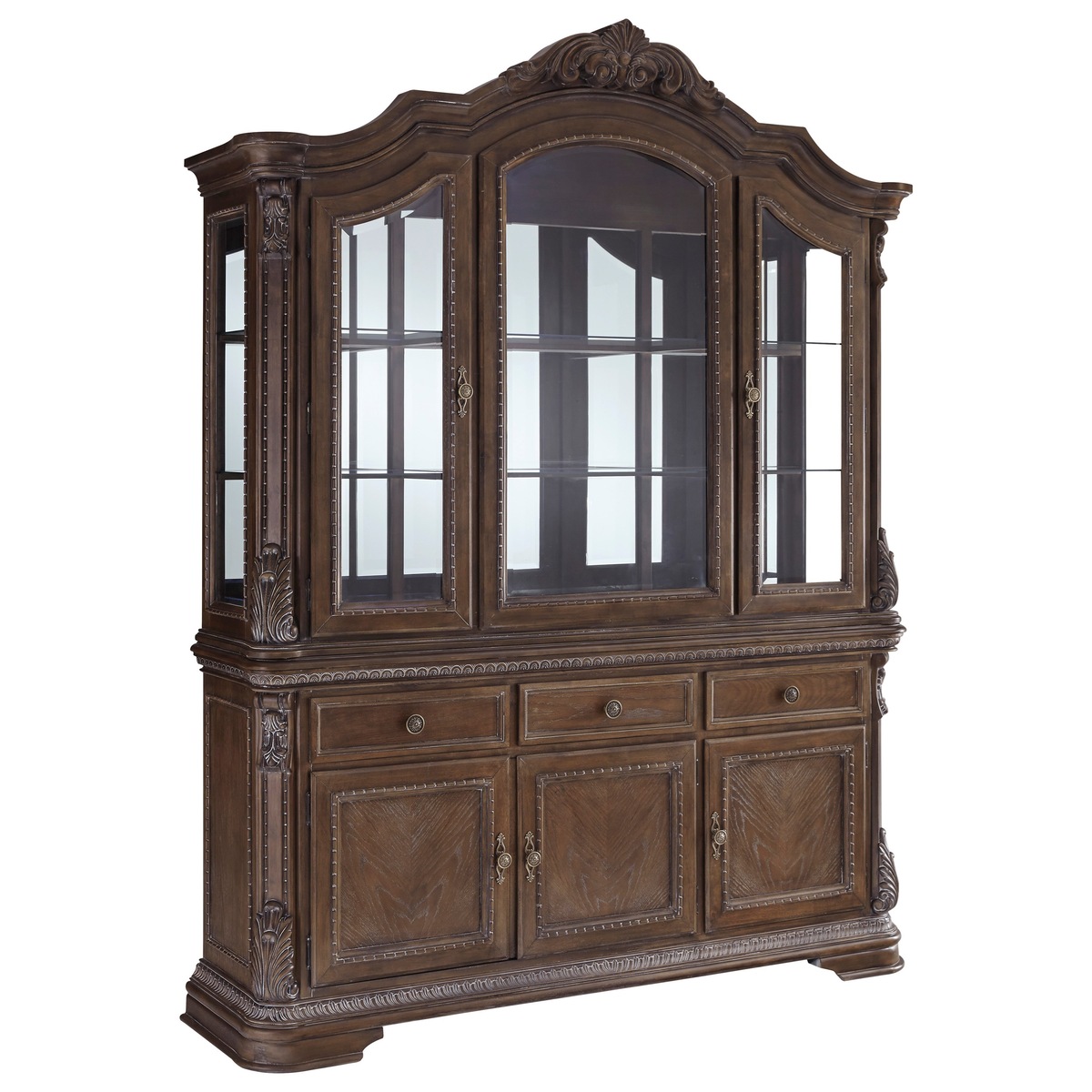
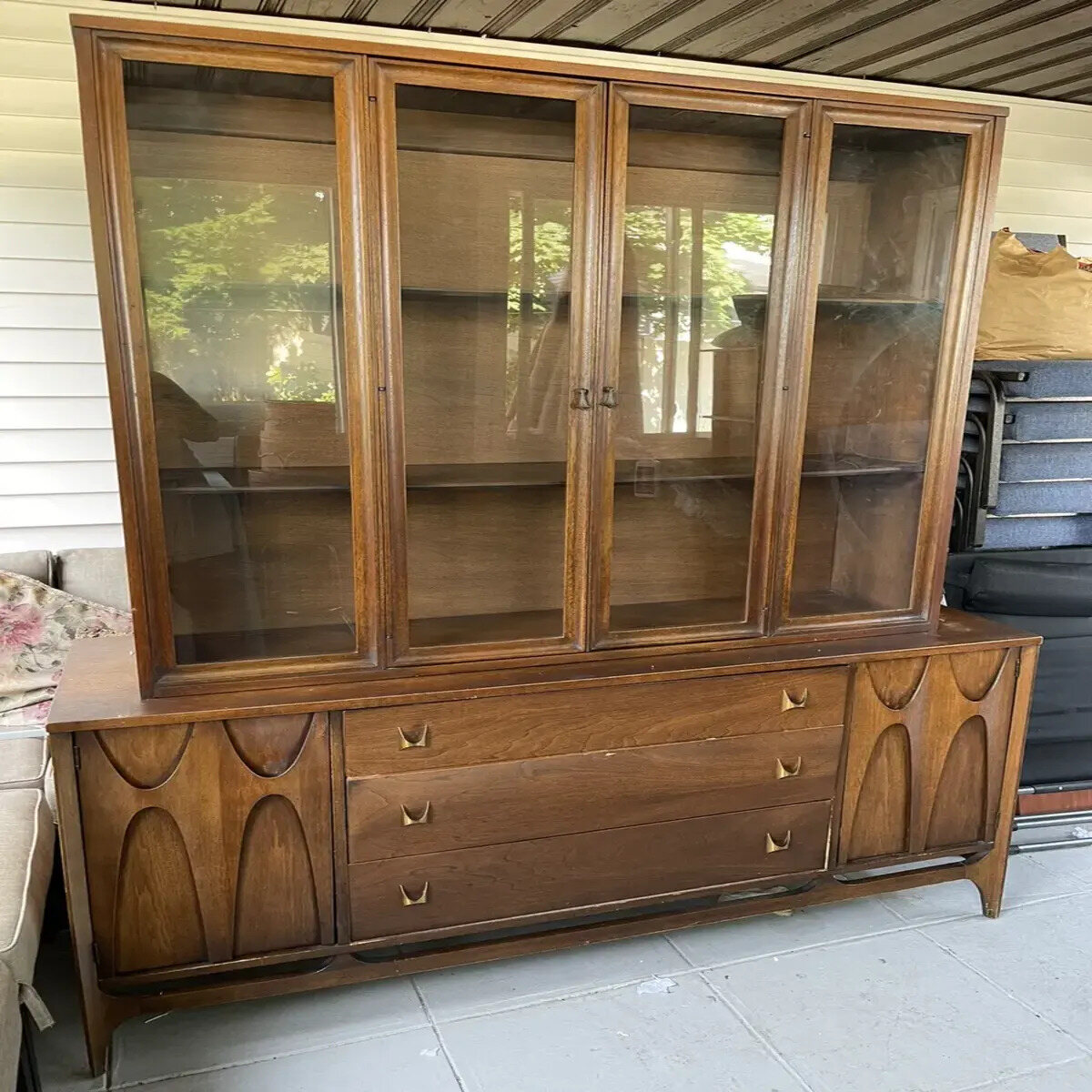
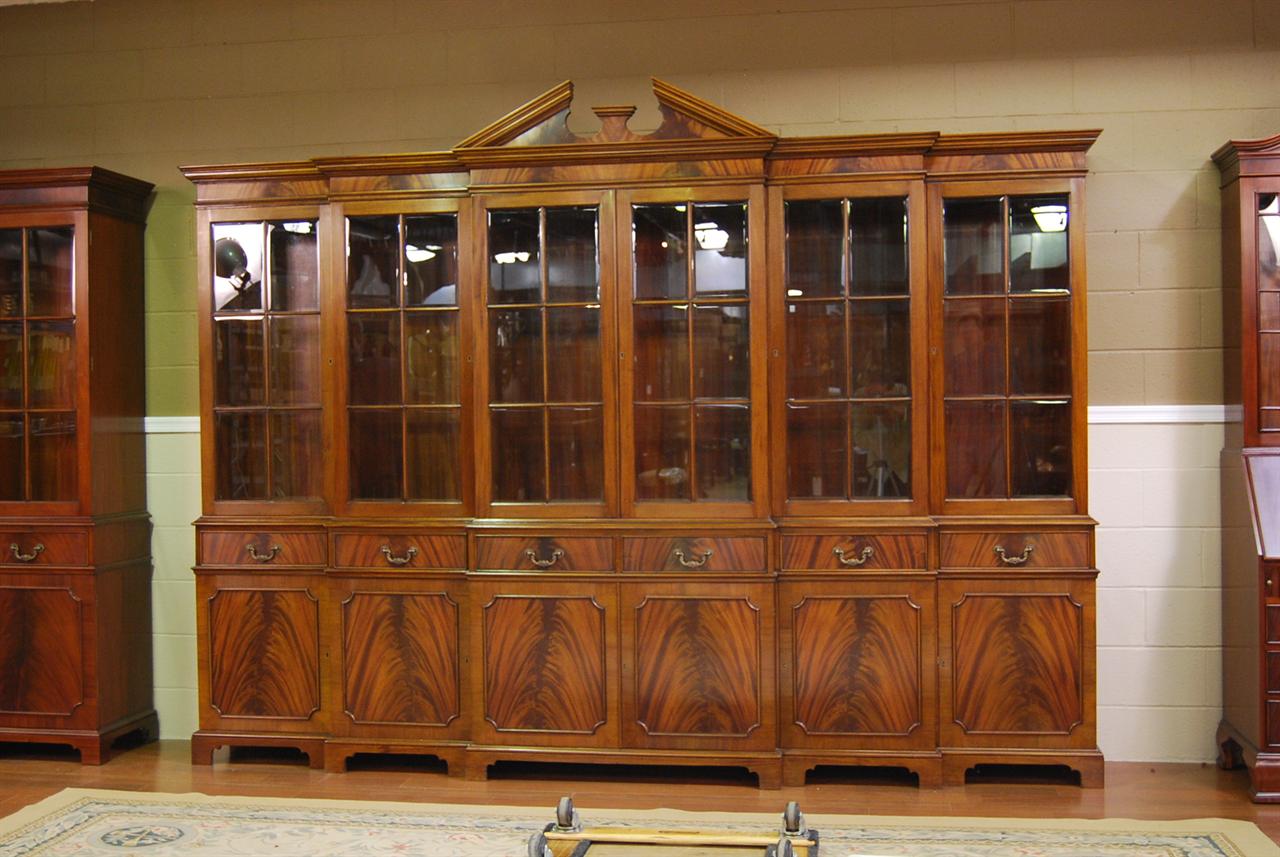
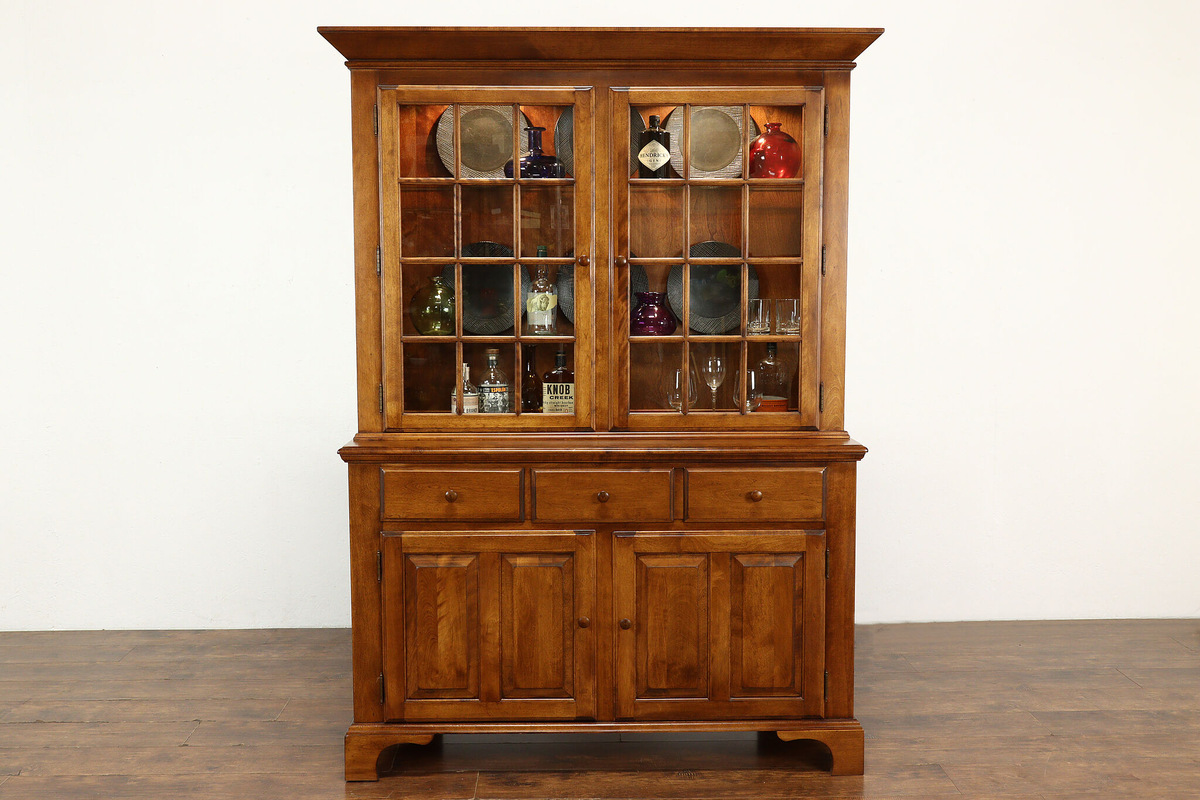
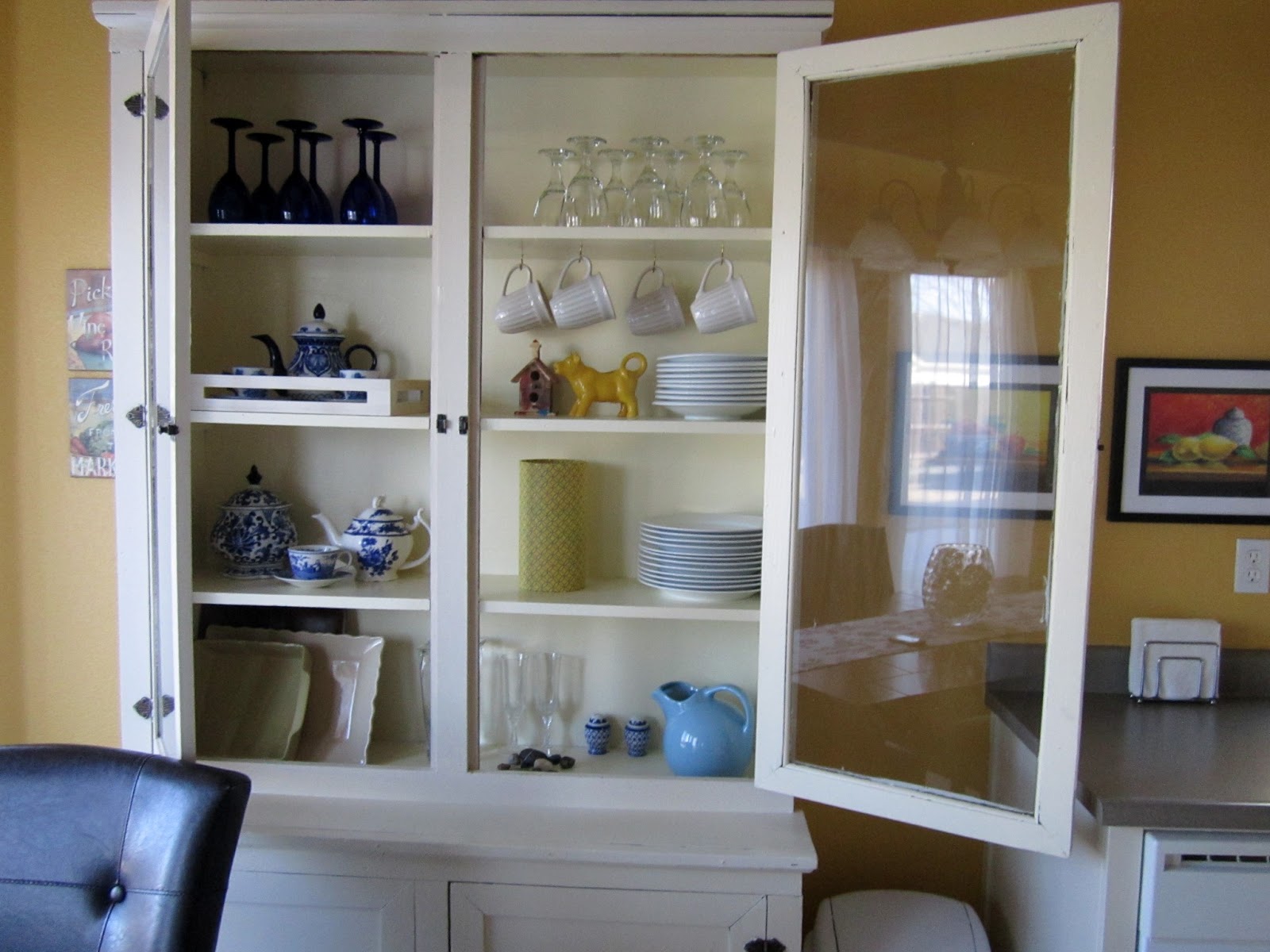
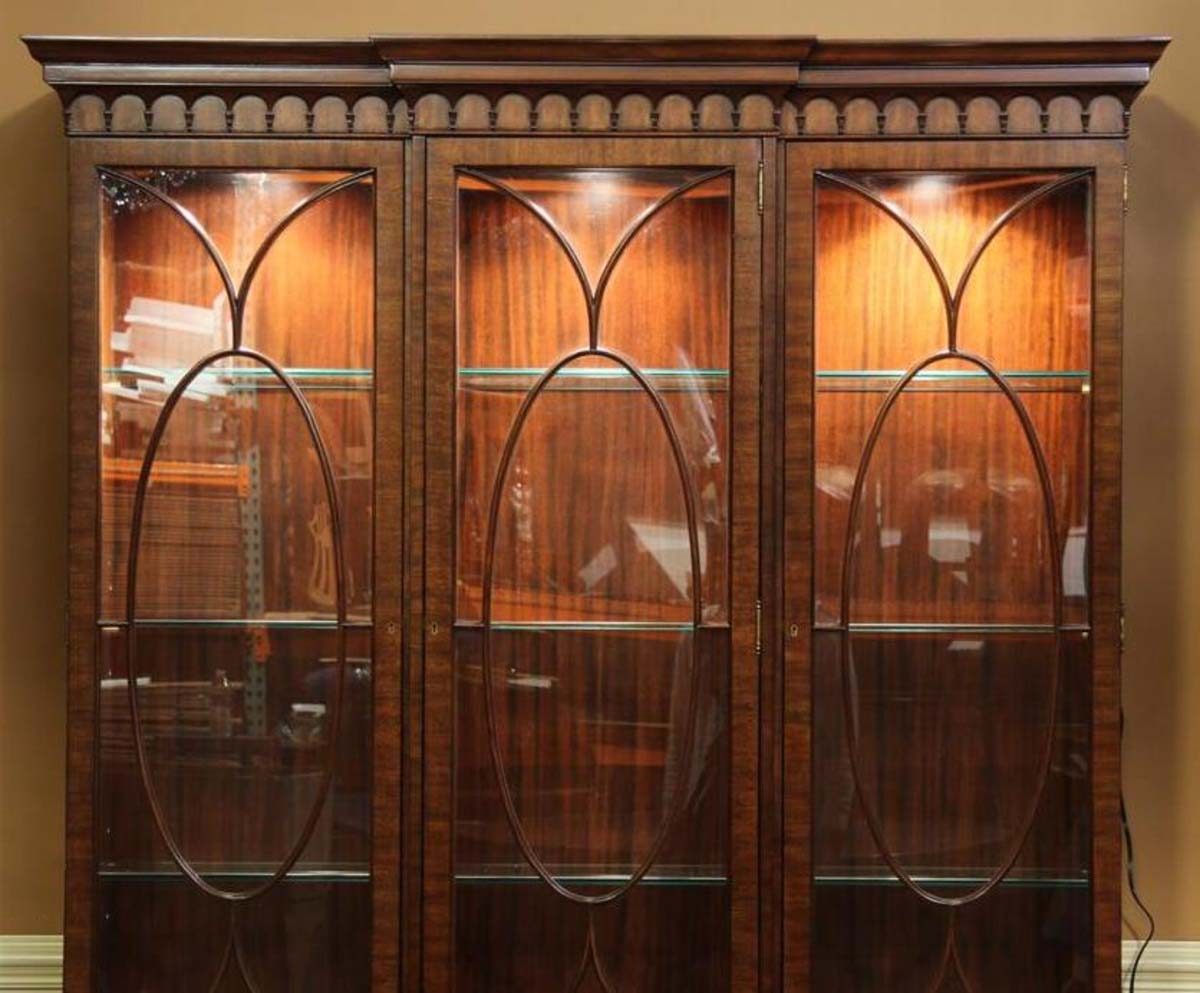
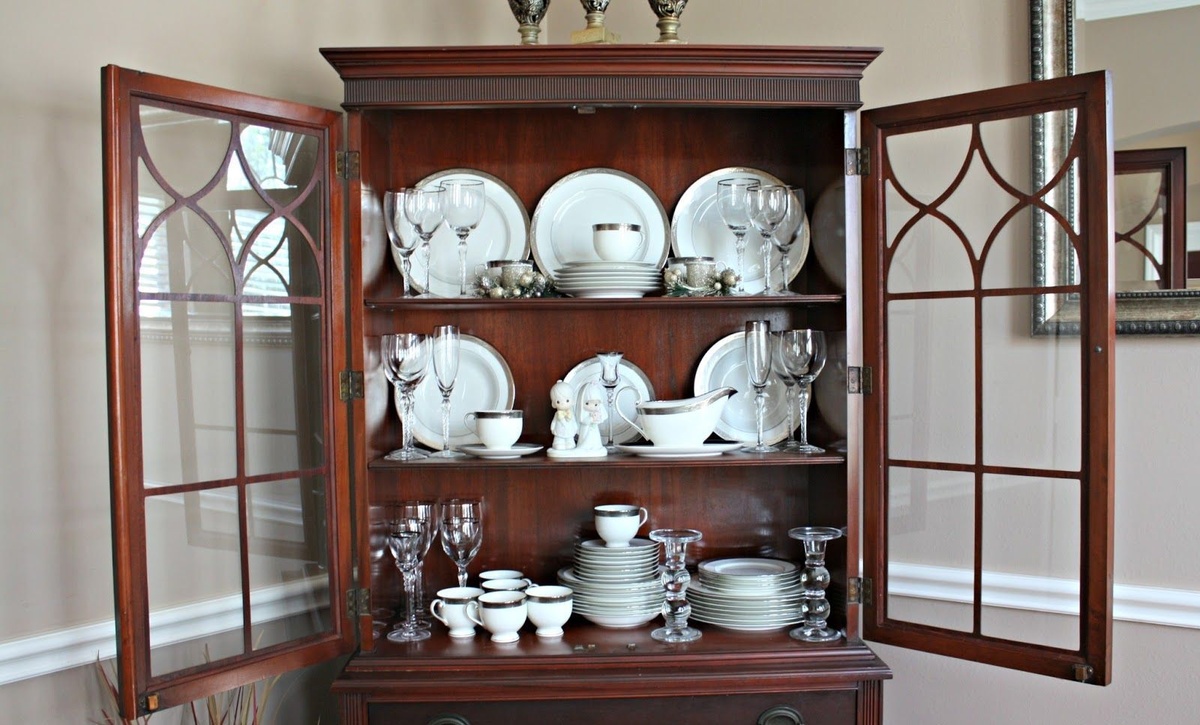
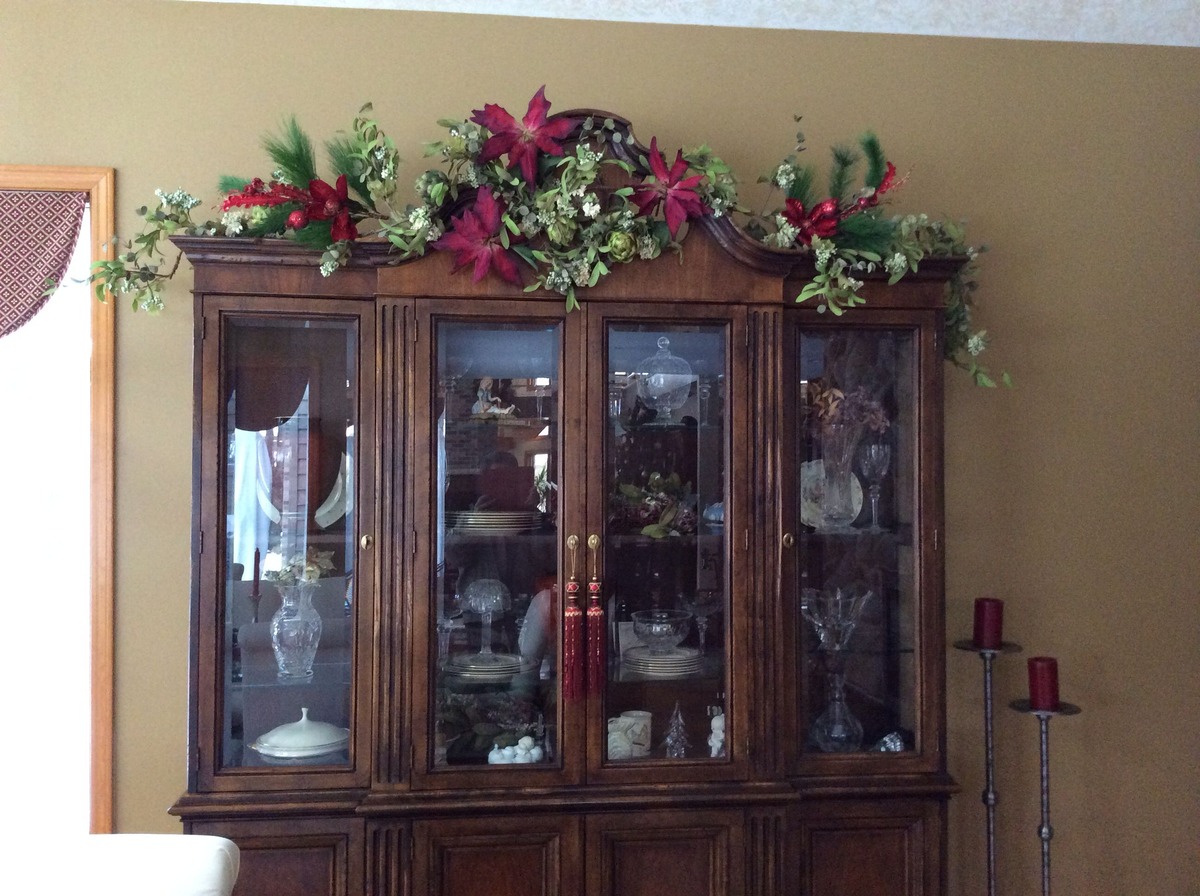

0 thoughts on “How To Store China In Cabinet”